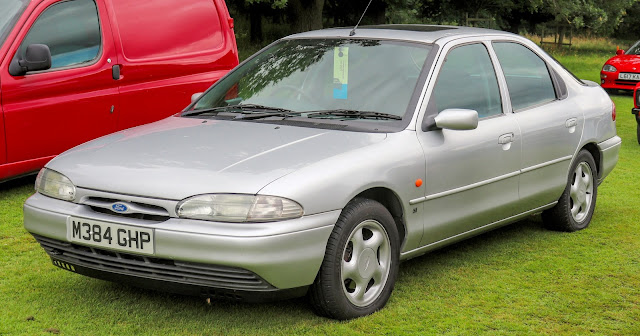Introduced November 1992
 |
| Nokia 1011 |
The Nokia 1011 wasn’t the world’s first GSM mobile phone – that was the Orbitel TPU 901 – but that was always a bit of a niche product, and it was Nokia who took this technology and mass-produced it.
Nokia had been in the mobile phone business for a few years at this point. Starting off in wood pulp in the 19th century, Nokia had diversified into rubber, then electric cable, then electronics and by the 1980s, Nokia was a large industrial conglomerate. By the early 1990s, Nokia had started to focus on communications products – although mobile phones were more commonly branded “Mobira” rather than “Nokia”.
So when the Nokia 1011 was launched on 10th November (possibly the reason for the phone’s name) it was also sold as the Mobira Cityman 2000. Physically rather similar to Nokia’s analogue phones, the 1011 was a fully digital 2G GSM device. Compared to earlier networks, GSM offered better call quality, and it couldn’t be listened to by eavesdroppers. The 1011 also supported SMS (like the Orbitel), although you’d need to find someone with another SMS-capable phone to exchange messages.
It was a big and heavy device, coming in at nearly 500 grams. It was also massively expensive, costing 2470 Deutschmarks at launch (about £1000 at the time, or £2500 today). Prices very quickly dropped, however and in just a few years an equivalent model would only cost a few hundred pounds. The Nokia 1011 didn’t last long on the market either, being replaced two years later by the 2010 and 2110 devices.
If your mobile carrier still supports 900MHz GSM, then the Nokia 1011 should work today, with an estimated price of £300 or so if you can find one. It’s not really a practical device for everyday use, and it’s not really one of the more iconic Nokias either.. but it is one of the most important.
Image credits:
Nokia


